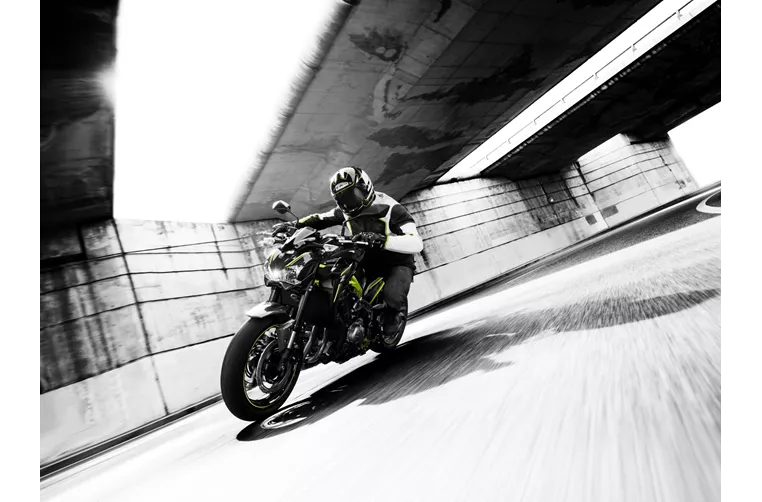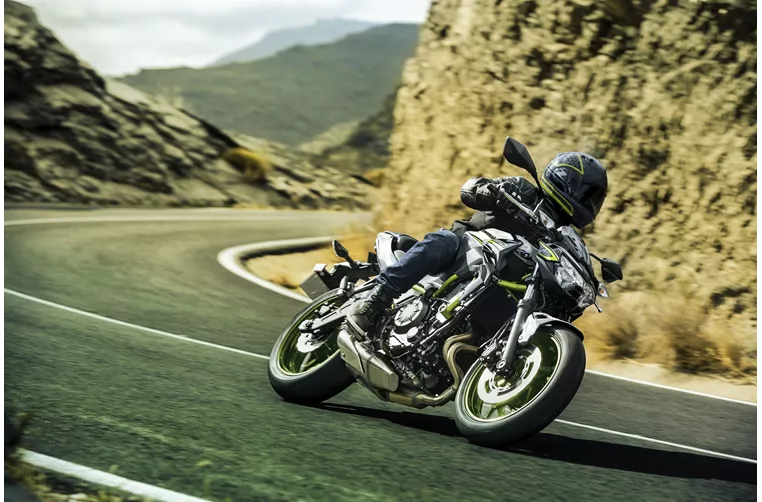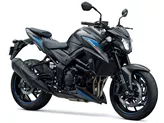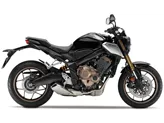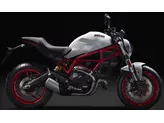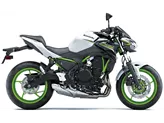Kawasaki Z900 2018 vs. Kawasaki Z650 2021

Kawasaki Z900 2018
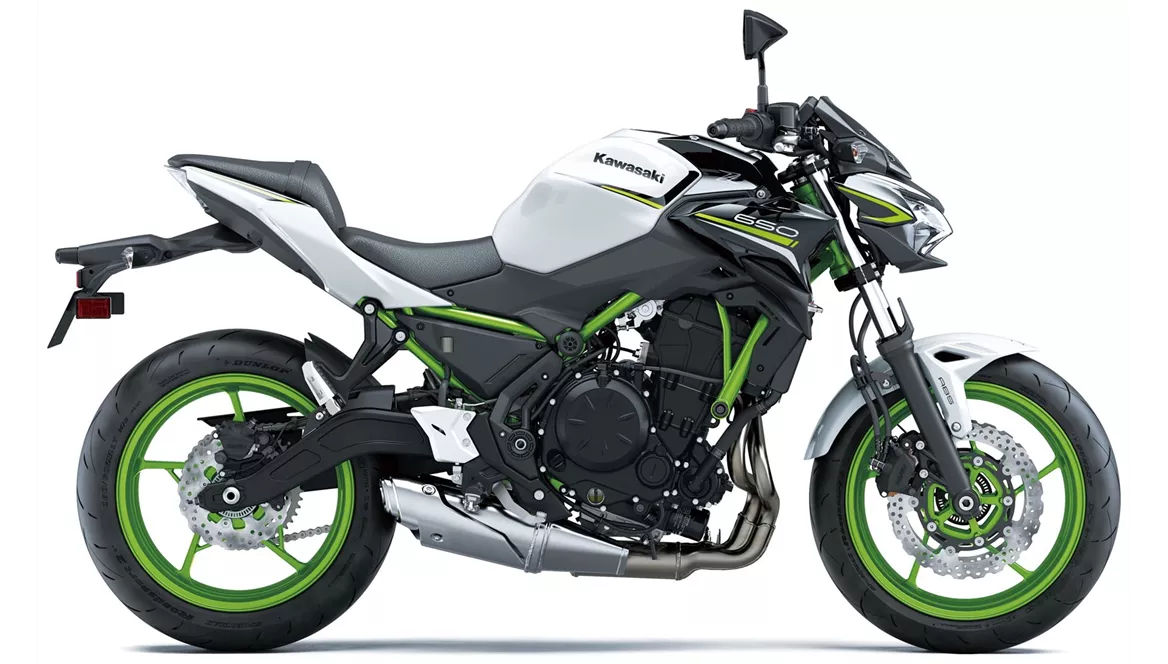
Kawasaki Z650 2021
Overview - Kawasaki Z900 2018 vs Kawasaki Z650 2021
The Kawasaki Z900 model year 2018 and the Kawasaki Z650 model year 2021 are both naked bikes from Kawasaki, but they have some key differences in terms of specifications and features.
Starting with the engine and drive train, the Kawasaki Z900 2018 is equipped with an in-line, 4-cylinder engine that delivers a powerful 125.4 HP and 98.6 Nm of torque. On the other hand, the Kawasaki Z650 2021 features a smaller in-line, 2-cylinder engine with a lower power output of 68.2 HP and torque of 65.7 Nm. This means that the Z900 offers more power and torque compared to the Z650.
In terms of cooling, both bikes have liquid-cooled engines. The Z900 has a larger displacement of 948cc, while the Z650 has a displacement of 649cc. This indicates that the Z900 has a larger engine, which contributes to its higher power output.
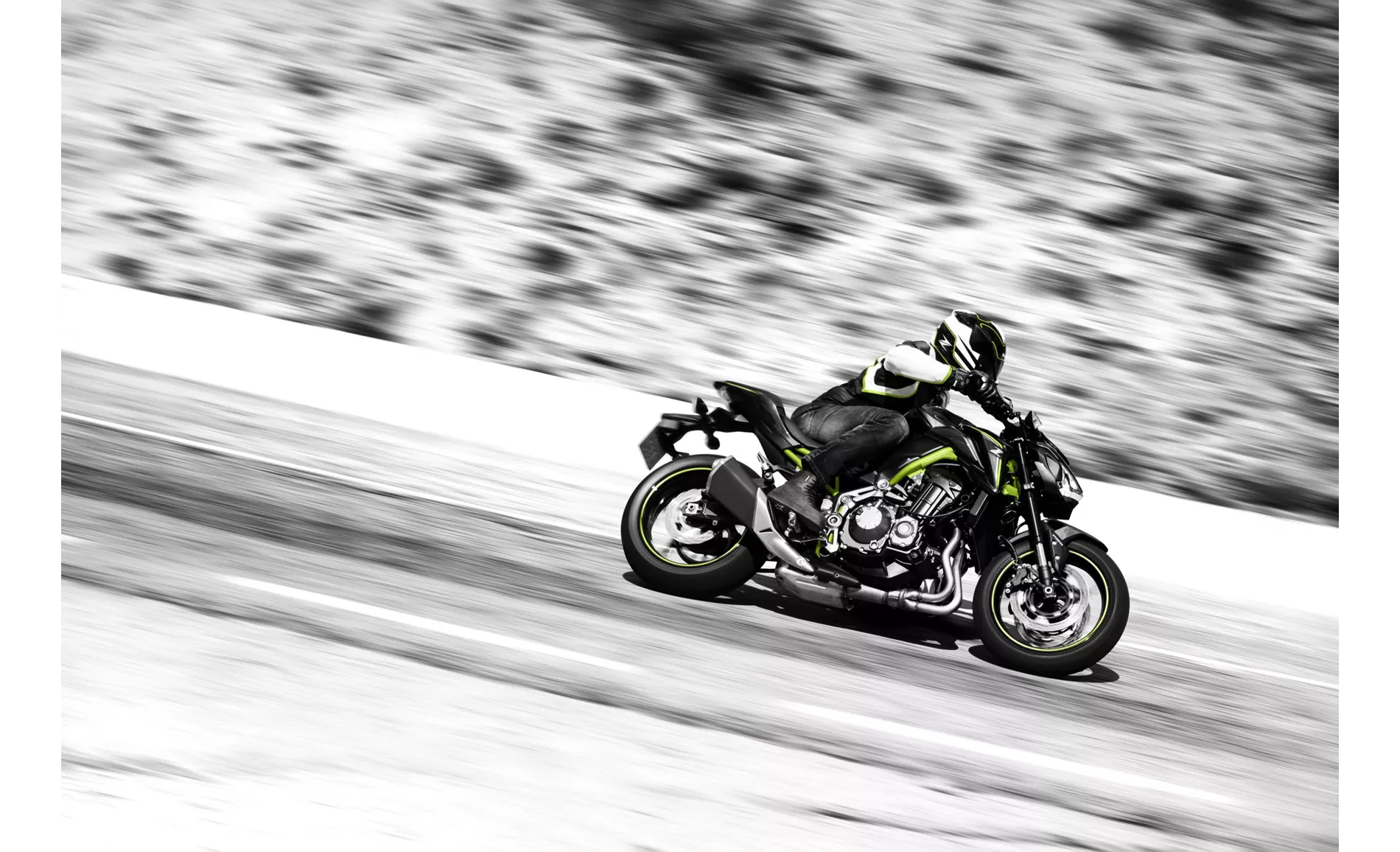
Kawasaki Z900 2018
Moving on to the suspension, both bikes have a swing arm rear suspension with a monoshock absorber. However, the Z900 has an upside-down telescopic fork front suspension, while the Z650 has a regular telescopic fork front suspension. This means that the Z900 may offer better suspension performance and handling compared to the Z650.
In terms of brakes, both bikes have double disk front brakes with a diameter of 300mm. However, the Z900 has four-piston front brake calipers, while the Z650 has double-piston front brake calipers. This suggests that the Z900 may offer better braking performance and stopping power.
Both bikes are equipped with ABS as part of their advanced rider assistance systems, ensuring enhanced safety during braking.
In terms of dimensions and weights, the Z900 has a slightly wider front tire (120mm) compared to the Z650 (120mm). The Z900 also has a larger rear tire width (180mm) compared to the Z650 (160mm). However, both bikes have the same front and rear tire diameter of 17 inches. The Z900 has a longer wheelbase of 1450mm, while the Z650 has a slightly shorter wheelbase of 1410mm. The seat height of the Z900 is 795mm, while the Z650 has a slightly lower seat height of 790mm. In terms of weight, the Z900 is heavier with a kerb weight (with ABS) of 210kg, while the Z650 is lighter with a kerb weight (with ABS) of 187.1kg.
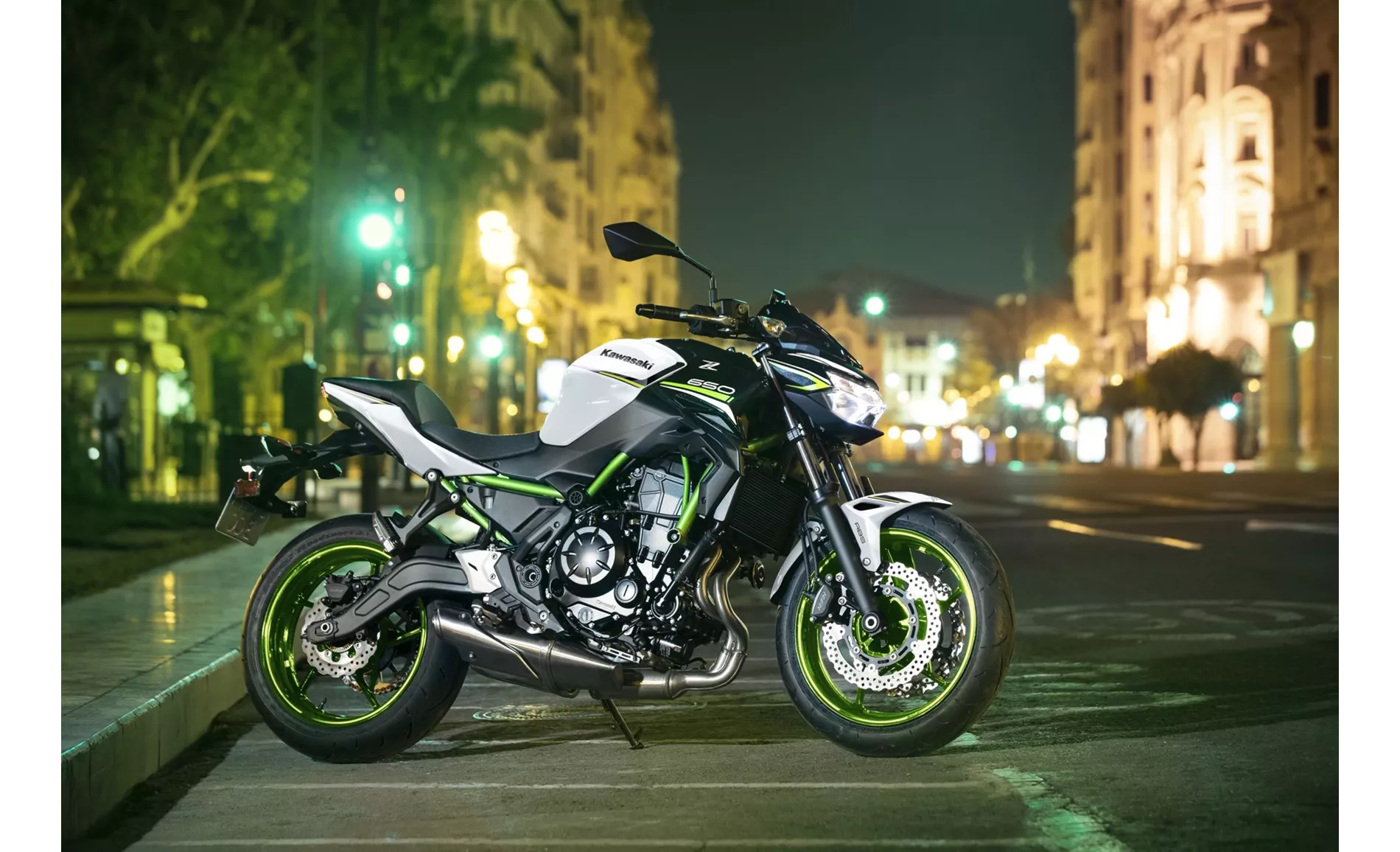
Kawasaki Z650 2021
Now let's discuss the strengths and weaknesses of each bike. The Z900 2018 is praised for its powerful and silky engine, great sound, sharp and sporty look, low seating position, and easy handling and manoeuvrability. On the other hand, it is criticized for its lack of traction control and the knee angle being strenuous for tall riders in the long run.
The Z650 2021, on the other hand, is appreciated for its accessible two-cylinder engine, compact dimensions, low seat height, stable chassis, TFT display with connectivity, and grown-up look. However, it is mentioned that it may be uncomfortable for tall riders and the adrenaline level in the saddle is lower compared to the competition.
In conclusion, while the Kawasaki Z900 2018 offers more power, torque, and advanced features like traction control, the Kawasaki Z650 2021 is praised for its compact dimensions, low seat height, and stable chassis. The choice between the two would depend on the rider's preferences and priorities, such as power, comfort, and riding style.
Technical Specifications Kawasaki Z900 2018 compared to Kawasaki Z650 2021
Pros and Cons in comparison
Pros and Cons in comparison
Kawasaki Z900 2018
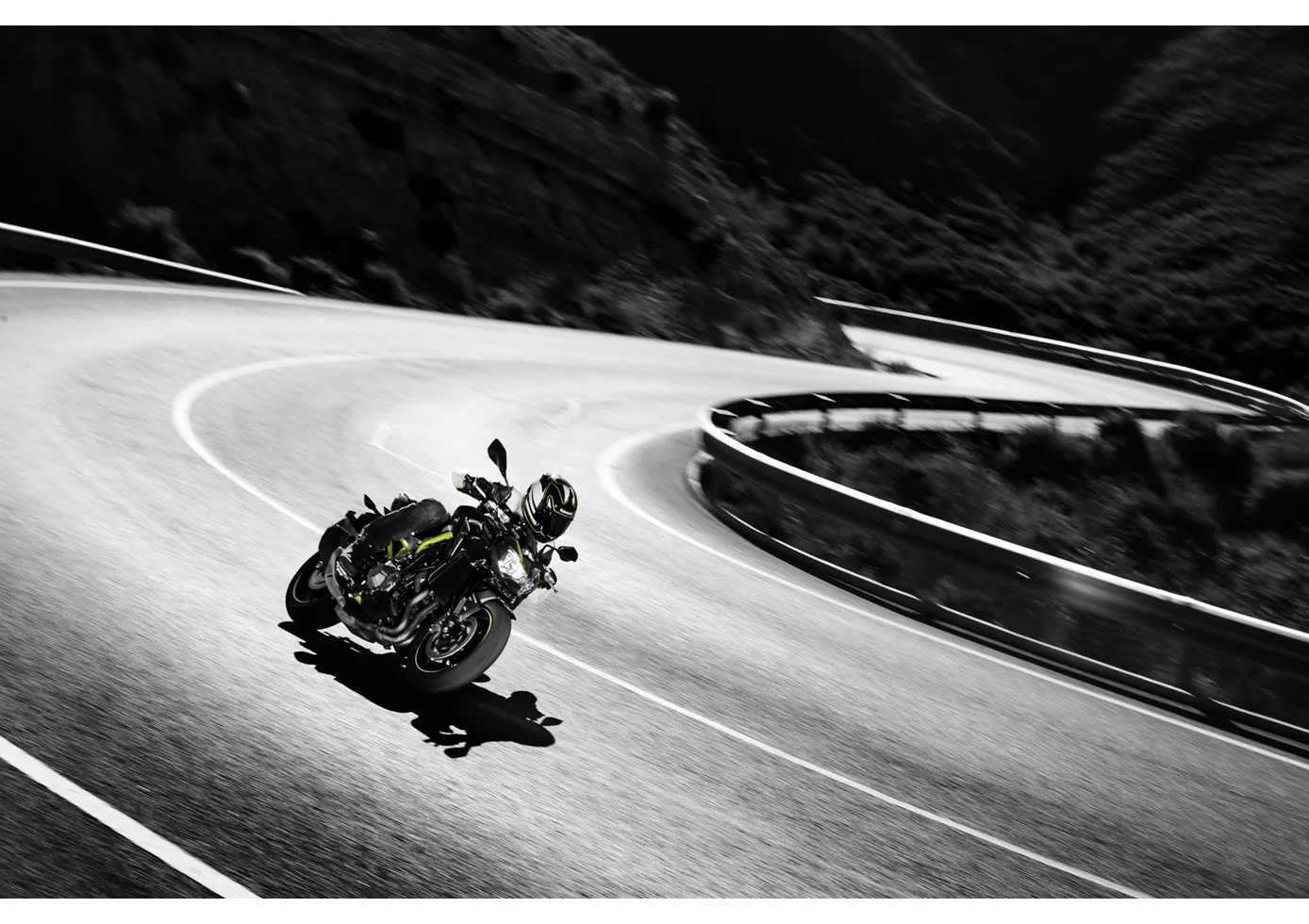
In the hotly contested naked bike segment, the Z900 plays right at the front. Above all, its engine is absolutely terrific, runs incredibly silky and offers rich power in all rev regions - as befits a Japanese four-cylinder. Its sporty, aggressive appearance matches this. It does without electronic bells and whistles, but still conveys a lot of confidence when chasing corners, braking and accelerating out of them. The low seat is especially beneficial for smaller riders, but taller riders might miss a flatter knee angle on long distances. The low weight and compactness make the Z900 particularly agile and easy to handle. A sporting cannon that is also extremely appealing in terms of price
Kawasaki Z650 2021
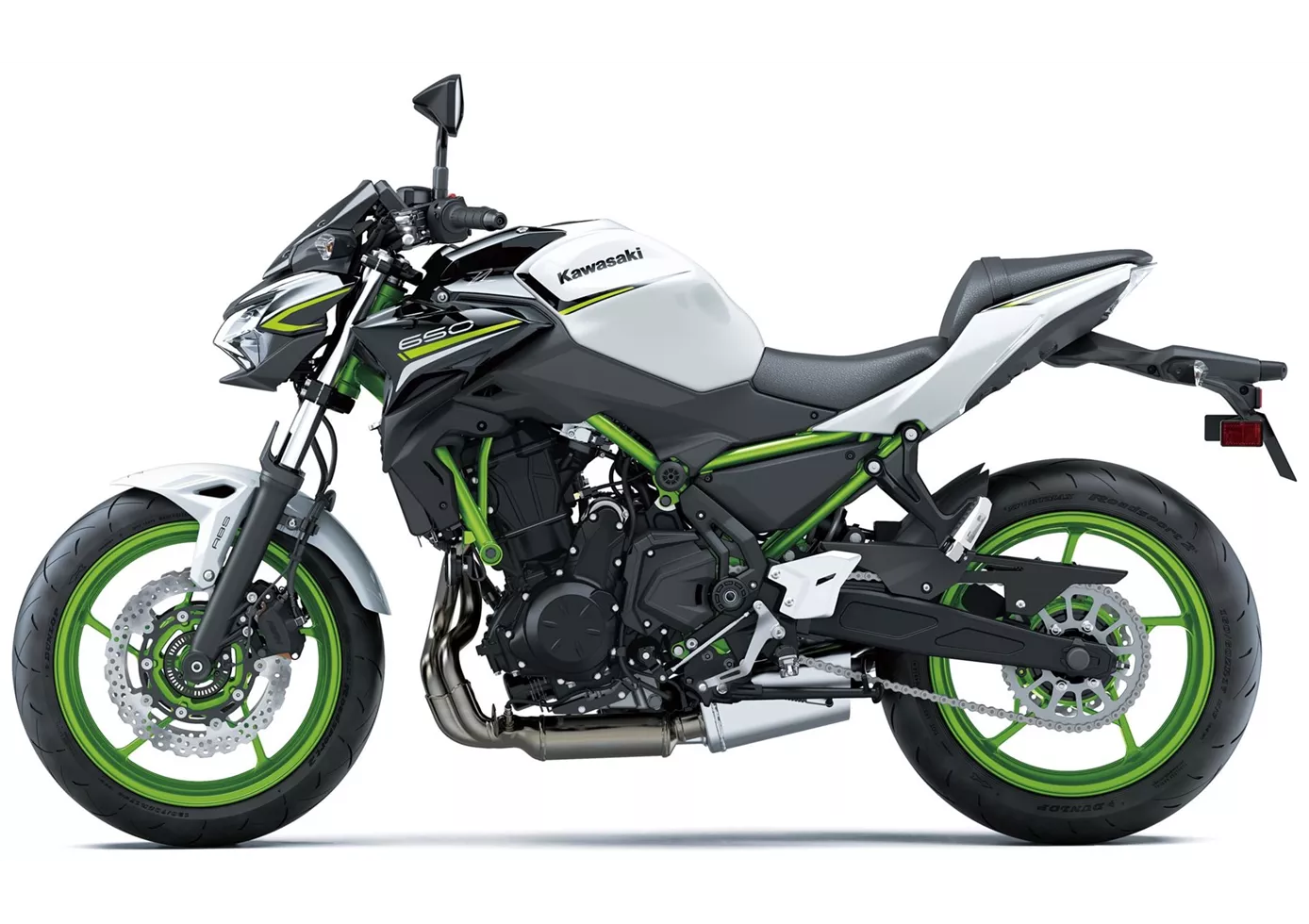
Even in 2021, the Kawasaki Z 650 stands for easy riding with great looks and good equipment. Both seat height and engine are very accessible and will give both experienced riders and newcomers a lot of pleasure. If you are looking for an honest naked bike without any big surprises, this is the bike for you. Due to its compact dimensions, however, you should try it out before buying and perhaps go for the raised seat.
Price Comparison Avarage Market Price Kawasaki Z900 vs Kawasaki Z650
There are a few key differences between a Kawasaki Z900 2018 and a Kawasaki Z650 2021. In terms of price, the actual average price of a Kawasaki Z900 2018 is about 34% higher. Compared to Kawasaki Z650 2021 there are more Kawasaki Z900 2018 bikes available on the 1000PS.de Marketplace, specifically 55 compared to 25. It takes less time to sell a Kawasaki Z650 with 106 days compared to 112 days for the Kawasaki Z900. Since model year 2017 1000PS.de editors have written 46 reviews for the Kawasaki Z900 and 31 reviews for the Kawasaki Z650 since model year 2017. The first review for the Kawasaki Z900 was published on 11/11/2016 and now has more than 93,200 views. This compares to more than 25,000 views for the first review on Kawasaki Z650 published on 08/11/2016.
